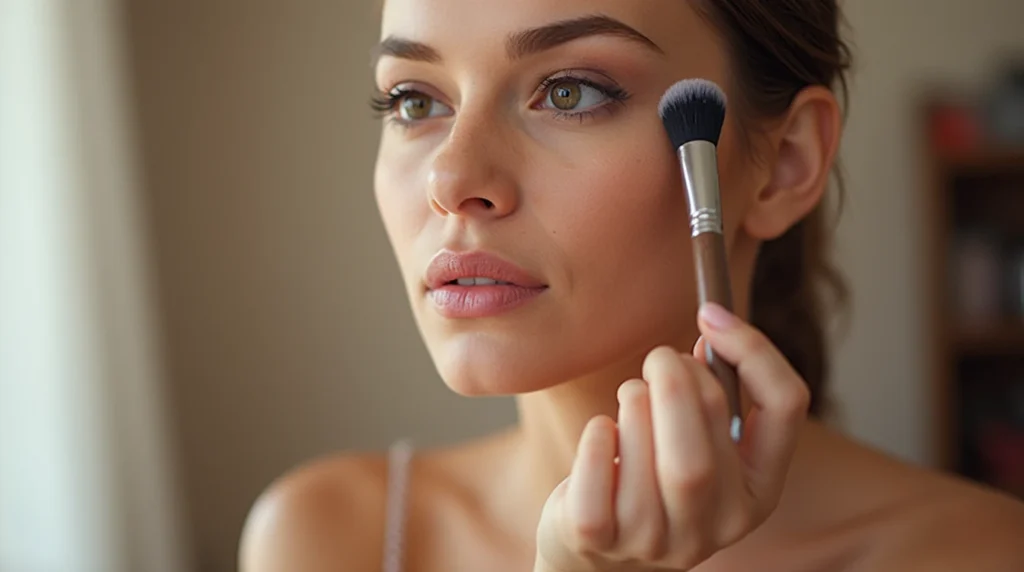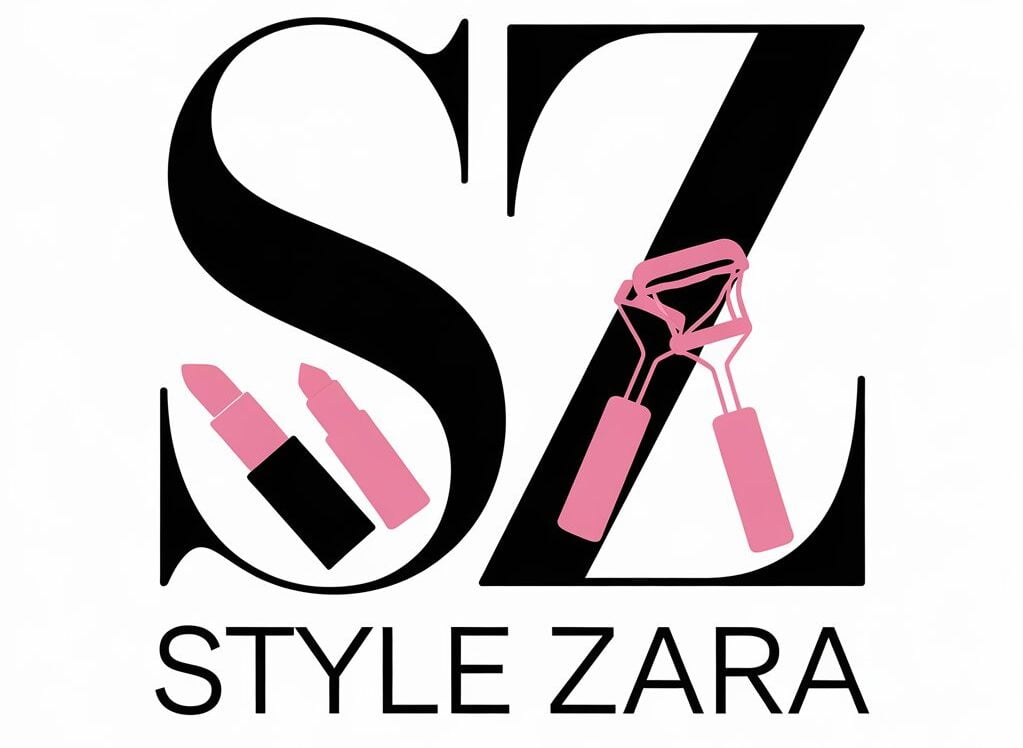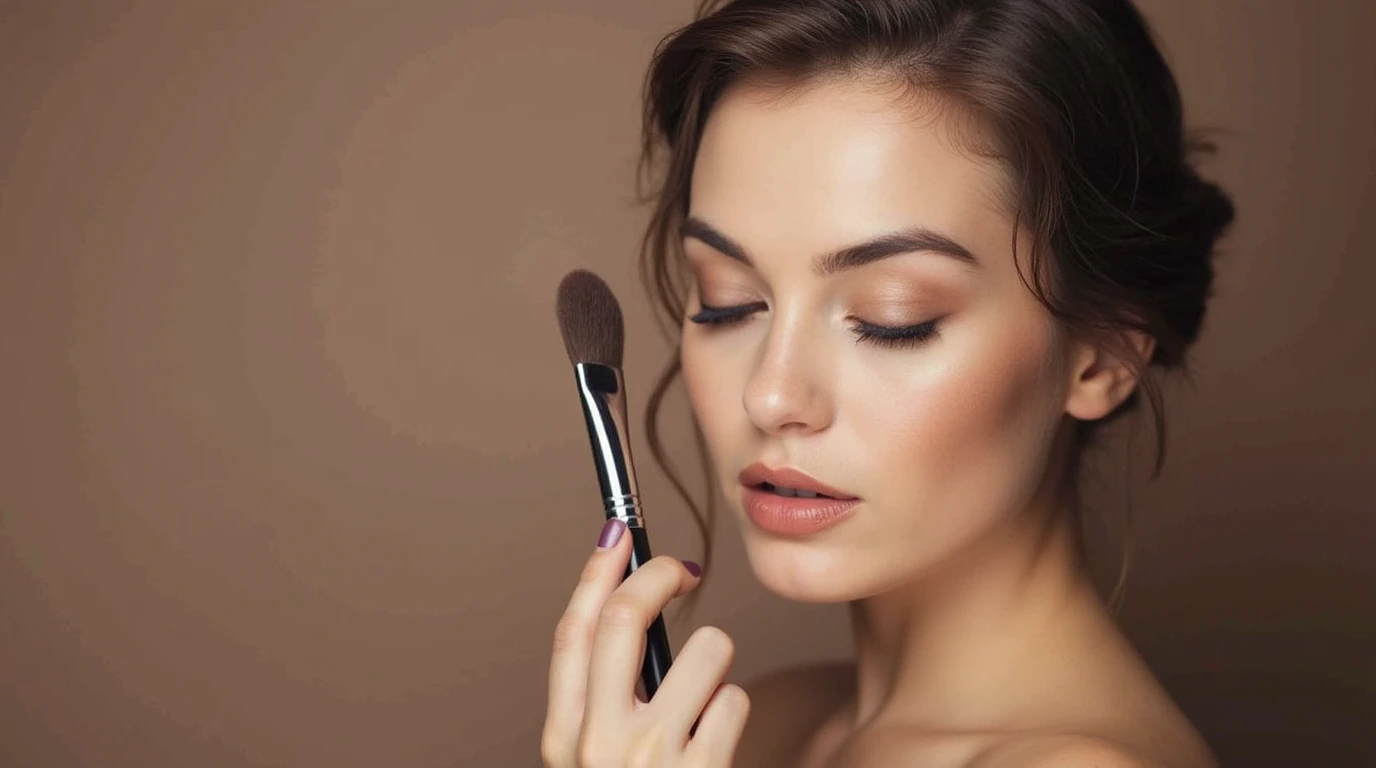A Beginner’s Guide to Makeup Brushes
Makeup is an art form, and like any artist, having the right tools is essential. The world of makeup brushes can be overwhelming, especially with so many shapes, sizes, and materials available. But understanding which brushes do what can truly transform your makeup game, giving your eyes makeup, face makeup, and lips makeup that flawless finish. Whether you’re aiming for a natural look or full glam, knowing your brushes is key to achieving the desired effect.
Key Takeaways
- Investing in quality brushes can enhance makeup application, precision, and blendability.
- Different brushes serve distinct functions, from blending to contouring, each playing a specific role.
- Natural vs. synthetic bristles offer varied benefits; understanding this distinction is helpful.
- Brush maintenance is crucial for longevity and hygiene, directly impacting skin health.
- Basic brush knowledge simplifies makeup routines, making it easier to achieve professional-looking results.
1. Why Makeup Brushes Matter
The right brushes help in applying makeup with control and precision, blending products seamlessly for a polished look. Brushes allow even distribution of makeup, helping to achieve a smooth, non-cakey finish, which can be difficult with fingers alone. Brushes can also minimize product wastage, making them economical in the long run.
2. Understanding Brush Bristle Types: Natural vs. Synthetic
Makeup brushes come in two main types: natural and synthetic. Natural bristles, often sourced from animal hair, are porous, making them ideal for powder-based products due to their ability to hold and blend powder smoothly. Synthetic bristles, typically made from man-made fibers like nylon, are better suited for cream or liquid products because they don’t absorb makeup as much. Here’s a quick comparison:
| Type | Best for | Pros | Cons |
|---|---|---|---|
| Natural | Powders (e.g., blush) | Soft, blends seamlessly | Can be more expensive |
| Synthetic | Liquids/creams | Cruelty-free, affordable | May be less soft than natural hair |
3. Foundation Brushes: Essential for an Even Base
Foundation brushes are crucial for achieving a flawless face makeup look. Flat foundation brushes offer full coverage and work best with liquid foundations, while stippling brushes create a lighter, airbrushed effect. Buffing brushes, on the other hand, are ideal for blending cream foundations and offer buildable coverage, making them perfect for everyday use.
4. Concealer Brushes for Spot-Covering Perfection
Concealer brushes are small with a tapered tip, perfect for applying product under the eyes and covering blemishes. They provide more control over application compared to fingers. A good concealer brush not only helps in hiding imperfections but also ensures a smooth, creaseless finish.
5. Powder Brushes for a Flawless Finish
A powder brush is large and fluffy, designed to dust loose or pressed powder across the face, setting foundation and giving the makeup a matte finish. Opt for a soft, rounded powder brush to avoid disturbing foundation and to ensure that the powder is distributed evenly.
6. Blush and Bronzer Brushes for a Natural Flush

Blush brushes are typically round and fluffy, designed to pick up and evenly distribute powder blushes, giving cheeks a natural-looking flush. Bronzer brushes are usually angled to help contour the face, mimicking the sun-kissed glow that bronzer provides. A dual-purpose blush and bronzer brush can save space while offering versatility.
7. Contour Brushes for Enhanced Definition
Contour brushes come in various shapes—angled, fan-shaped, and precision cut—each designed to sculpt and add dimension. An angled contour brush is ideal for defining cheekbones, while a fan brush creates a subtle contour on the nose or jawline. Precision brushes provide detailed contouring, allowing for a customized look.
8. Eye Shadow Brushes for Captivating Eyes
Eye shadow brushes come in many shapes and sizes to cater to different eye makeup needs. A flat shader brush is ideal for packing pigment onto the lid, while a blending brush diffuses harsh lines for a soft, smoky effect. For detailed work like applying shadow to the inner corner, a small precision brush is ideal.
9. Eyeliner Brushes for Precise Lines
There are two main types of eyeliner brushes: angled and pointed. An angled brush offers more control for creating sharp, defined lines, perfect for gel eyeliners. Pointed eyeliner brushes, on the other hand, are better for creating detailed lines, allowing for more creative freedom in eye makeup looks.
10. Lip Brushes for Defined Lips
A lip brush is essential for those who want precise, clean lip makeup. The small, tapered tip allows for controlled application of lipstick, especially for bold or dark colors where precision is key. Using a lip brush not only provides a clean application but also helps in layering colors for a multidimensional look.
Brush Care and Maintenance
Cleaning your brushes regularly is essential to avoid product buildup, bacteria, and potential skin irritation. Here are some key tips:
- Frequency: Clean face brushes weekly and eye brushes every two weeks.
- Method: Use a gentle brush cleanser or mild soap. Avoid soaking the entire brush, as it can loosen the glue holding the bristles.
- Drying: Lay brushes flat to dry to prevent water from seeping into the handle.
Frequently Asked Questions
Q1: What is the difference between a stippling brush and a buffing brush?
A stippling brush provides a lighter, airbrushed finish, ideal for sheer coverage, while a buffing brush is designed for blending and can provide more coverage.
Q2: How often should I replace my makeup brushes?
With proper care, high-quality brushes can last several years. Look for signs of wear, such as shedding or fraying bristles, which indicate it’s time for a replacement.
Q3: Are synthetic brushes as effective as natural brushes?
Yes, synthetic brushes are excellent, particularly for liquid and cream products, as they don’t absorb product as much as natural brushes. They’re also more affordable and cruelty-free.
Q4: Can I use one brush for multiple purposes?
Yes, some brushes can serve multiple functions. For example, an angled contour brush can double as a bronzer brush, and a blending eye shadow brush can also apply concealer in a pinch.
Q5: Do I really need a lip brush?
A lip brush isn’t necessary, but it does provide a more controlled application, especially with bold or dark lip colors. It can also help blend colors if you’re going for a layered or ombre lip look.
Learning the purpose of each makeup brush will revolutionize your application technique and bring out your best look.

